Lori Pourier on the link between art and identity

Transcript
[The words “Art Is” appear, followed by scrolling words…Empathy, Political, Hope, Powerful, Connection…it stops at Identity. Art Is Identity.]
Lori Pourier, president of First Peoples Fund: In my community artists are those who are standing up for the rights to protect their land, to reclaim their songs, their ceremonies, their dances.
[Tribal members sing together while dressed in their regalia.]
My name is Lori, I’m Oglala Lakota. And I work for First People’s Fund. Much of my work is spent educating about artists of tribal communities.
[A Cherokee Nation woman displays her woven baskets made from river cane. A Hawaiian man weaves a frog out of ancient laulala materials.]
In order for us to truly embrace history and our identity, we have to acknowledge that American Indians hold the original title to this land. There’s over 567 nations. Less than .02 percent of all philanthropy goes to Indian Country.
[A group of young people of Tlingit ancestry dance. A native woman sings and strikes a drum in a solo performance.]
Artists are the changemakers in our communities nationally and so artists restore history and our identity.
[The words “Art is” appear, followed by scrolling words…Identity, Expression, Change, Creativity, Healing…it stops at Justice. Hashtag Art Is Justice. Agree? Share this video.]
[Ford Foundation logo: a globe made up of a series of small, varied circles.]
Accessibility Statement
- All videos produced by the Ford Foundation since 2020 include captions and downloadable transcripts. For videos where visuals require additional understanding, we offer audio-described versions.
- We are continuing to make videos produced prior to 2020 accessible.
- Videos from third-party sources (those not produced by the Ford Foundation) may not have captions, accessible transcripts, or audio descriptions.
- To improve accessibility beyond our site, we’ve created a free video accessibility WordPress plug-in.
Lori Pourier grew up on the Pine Ridge Reservation and is a member of the Oglala Lakota tribe. She heads First Peoples Fund (FPF), a 17-year-old national Native nonprofit that works with culture bearers and artists in Indigenous communities. FPF provides professional training workshops for Native artists and works with national community development finance institutions to train business coaches on how to work with Native artists. FPF also provides fellowship for Native artists to help them grow and improve their businesses.
Pourier has been involved in the arts, social justice, and community development fields for 27 years. Her early work began at First Nations Development Institute and the International Indigenous Women’s Network, and she has served as president of the First Peoples Fund since 1999. Dedicated to a vision of strengthening Native communities through culture and arts for much of her life, Pourier focuses her efforts on helping to enhance Native communities and bringing new philanthropic resources to Native artists and culture bearers directly. She received the Center for Social Innovation Fellowship at Stanford Graduate School of Business and was recently named one of four Native women leading change in Native communities by the Johnson Scholarship Foundation. The Foundation noted that Pourier is “a leader in the field—not just for Native arts and culture—but arts and culture period. She is the go-to person for the ‘creative economy’ in Indian Country.”
Pourier holds an MS from Southern New Hampshire University’s School of Business. She lives in Rapid City, South Dakota.
Other videos in this series

Michelle Dorrance on how tap represents social change
Art can represent social change, and tap dancer Michelle Dorrance believes the history of American culture can be seen in the history of tap—early tap dancers were catalysts for social change. By referencing the past and showing a vision for the future, dance can change the world.
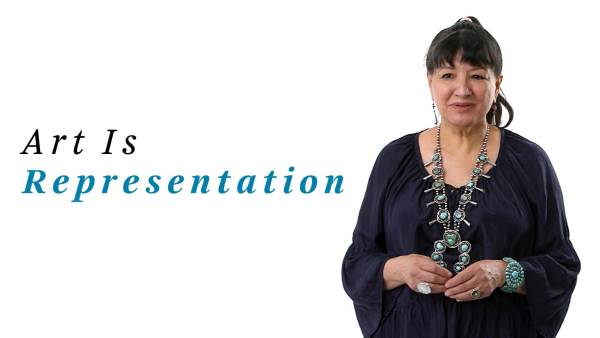
Sandra Cisneros on how art changes lives
Art can change lives for the better. Author Sandra Cisneros writes books that allow young people to see themselves represented on the page. As she says, when people see themselves represented in a way that is empowering, they feel more able to make a difference in the world.
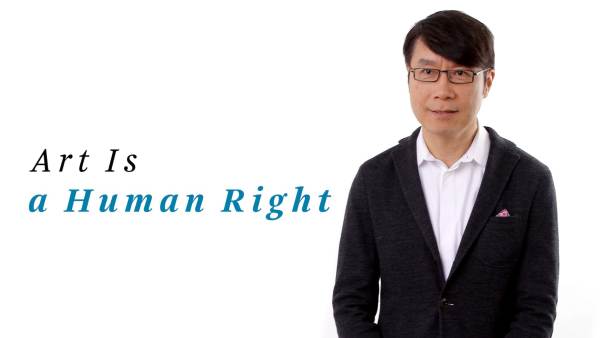
Samuel Hoi on art and human rights
Art is a way to shift reality and make an impact beyond the cultural field. Samuel Hoi cites Good Chance Theater staging shows at a refugee camp in northern France as an example of how art can uplift human rights.
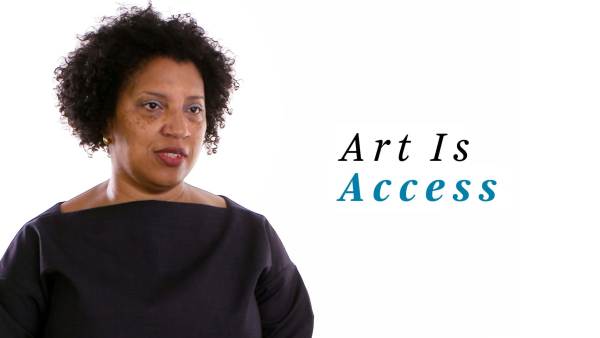
Robin Coste Lewis on how art creates access
Art can be a tool of resistance and beauty. Poet Robin Coste Lewis details how poetry helped her see her body as an aesthetic and political tool, and how art can allow marginalized communities to be seen and included.
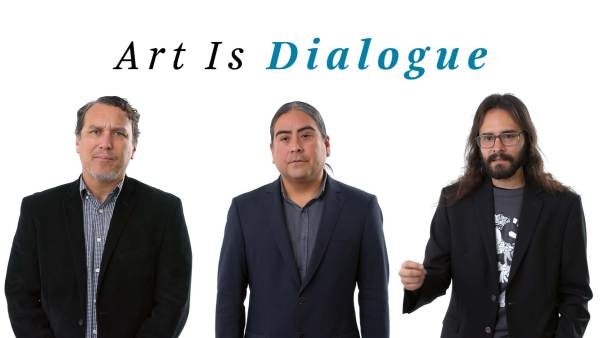
Postcommodity on using art to dialogue
Art can be used to create dialogue between people and break “us-versus-them” mentalities. The collective Postcommodity discusses how it uses art to uplift communities and ensure they have agency to communicate their own needs and desires.
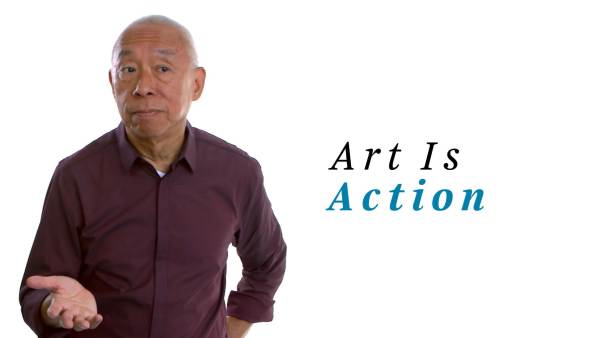
Ping Chong on using art to empower and heal
Art allows us to re-anchor into our humanity. In his work, artist Ping Chong creates spaces for ordinary citizens to speak their own truth on stage. In this way, he heals and affirms people, and helps create a society that’s more just and more humane.
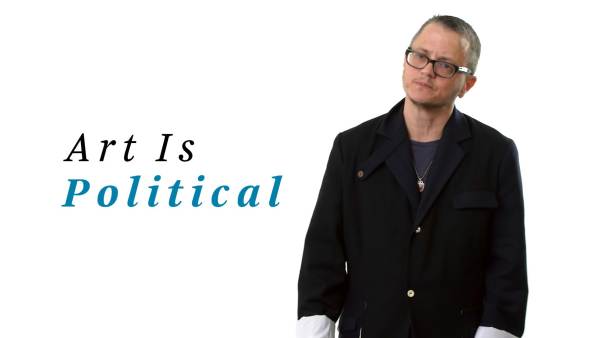
P Carl on the power of curation
Art has to be connected to the politics of our world, because it can bring us together in ways politics can’t. Theater director P Carl believes theater should be curated with the idea that everyone belongs, and in this way, it can help connect people to the issues that really…
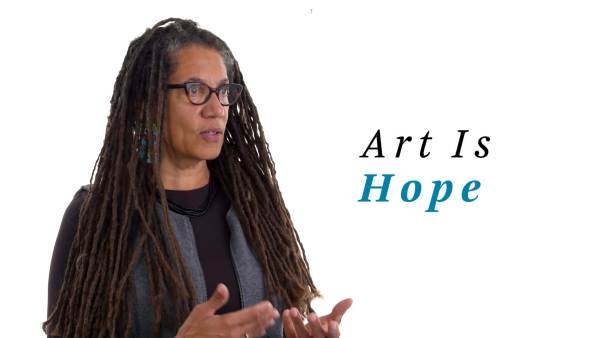
Nikky Finney on using art for change
Art can connect us across time. Poet Nikky Finney draws on stories from the past to challenge artists to continue their efforts for social change. She believes artists should heed lessons from the past and bring them into the future.

Mira Nair on cultural representation
Art gives us the ability to see other cultures and to look at the world anew. Director Mira Nair uses film to tell stories of marginalized communities that are not often represented on screen. She believes art can help people see their place in the world.
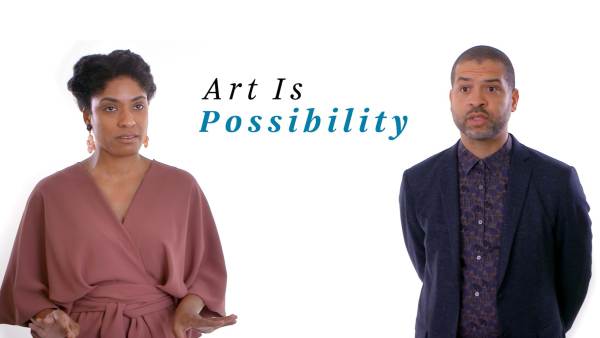
Alicia Hall Moran and Jason Moran on how art is possibility
Art has the power to make a big impact in our world. Musicians and educators Alicia Hall Moran and Jason Moran believe art has the potential to connect people and challenge inequalities. Through art, we can bridge the gap between past and present, and learn more about each other.
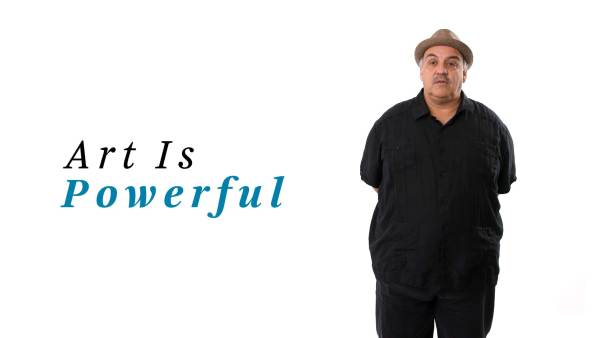
Luis Alfaro on the power of art and imagination
Art is powerful. Playwright Luis Alfaro shares how he uses art to stimulate the imaginations of those who might not be able to see a better life for themselves. He writes plays with narratives that allow people to envision themselves as free in the world.
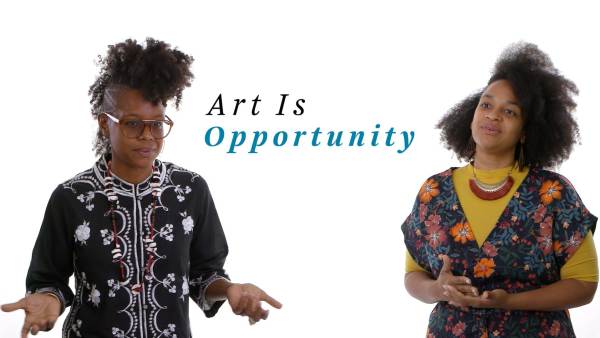
Las Nietas de Nonó on creating opportunities with art
Art gives us the opportunity to create change in communities. The art duo Las Nietas de Nonó use art to share voices of underserved communities in Puerto Rico. They believe in creating theater in alternative spaces, where people’s voices can be heard and a genuine exchange of voices takes place.
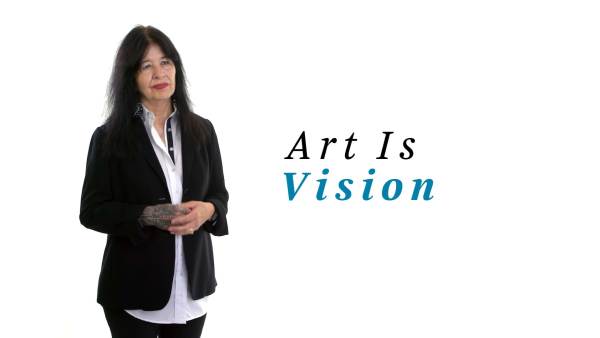
Joy Harjo on how artists have vision
Artists can give vision to a community. Poet Joy Harjo uses her art to strive for gender justice. She believes artists have a responsibility towards growing the communities they’re in, creating a vision for those around them and fostering compassion.
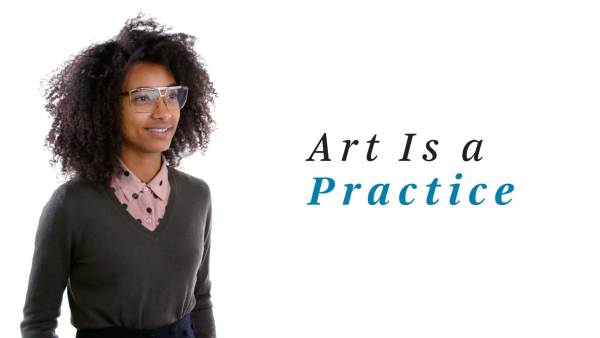
Esperanza Spalding on art as a practice
Art can help heal people. Grammy-winning musician Esperanza Spalding believes artists, through practicing their craft, can experiment and reposition their work to find the best ways to help and encourage people to transform negative situations for the better.
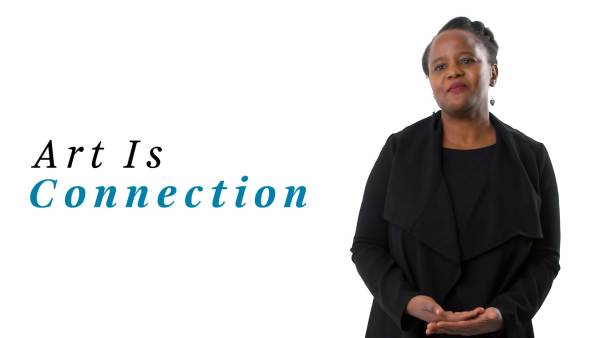
Edwidge Danticat on how literature connects us
Art can transport us to different places and connect us to each other. Novelist Edwidge Danticat uses her writing to share stories that dispel stereotypes and help foster greater understanding. She believes that breaking bias is done through sharing stories.
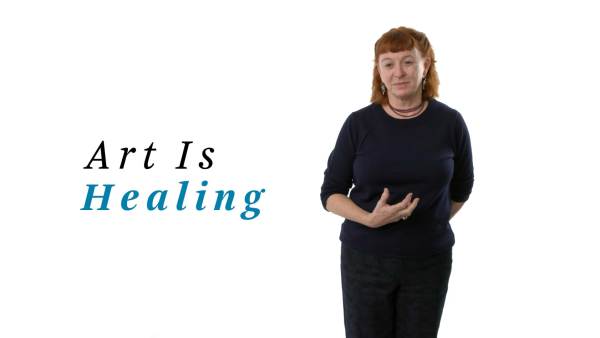
Deborah Luster on how art heals
Art encourages healing by connecting stories between people. Deborah Luster knows firsthand how art can help others heal. She channeled the pain she felt after her own loss to help bring about healing in a prison community.
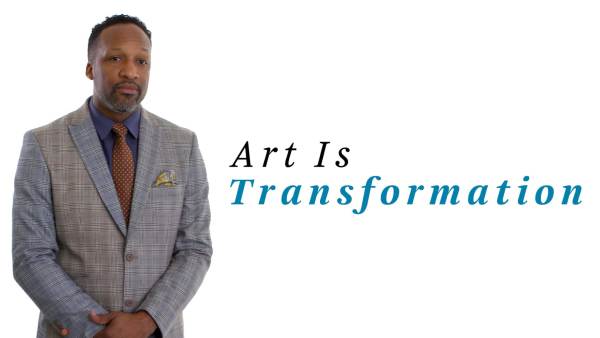
Carlton Turner on how art transforms culture
Artists are cultural strategists working to eliminate oppression and dismantle inequality, says performance artist Carlton Turner. He explains how artists take community work and engage in social transformation by giving voice to those who’ve been disenfranchised. Communities can shift because of the work artists are doing.